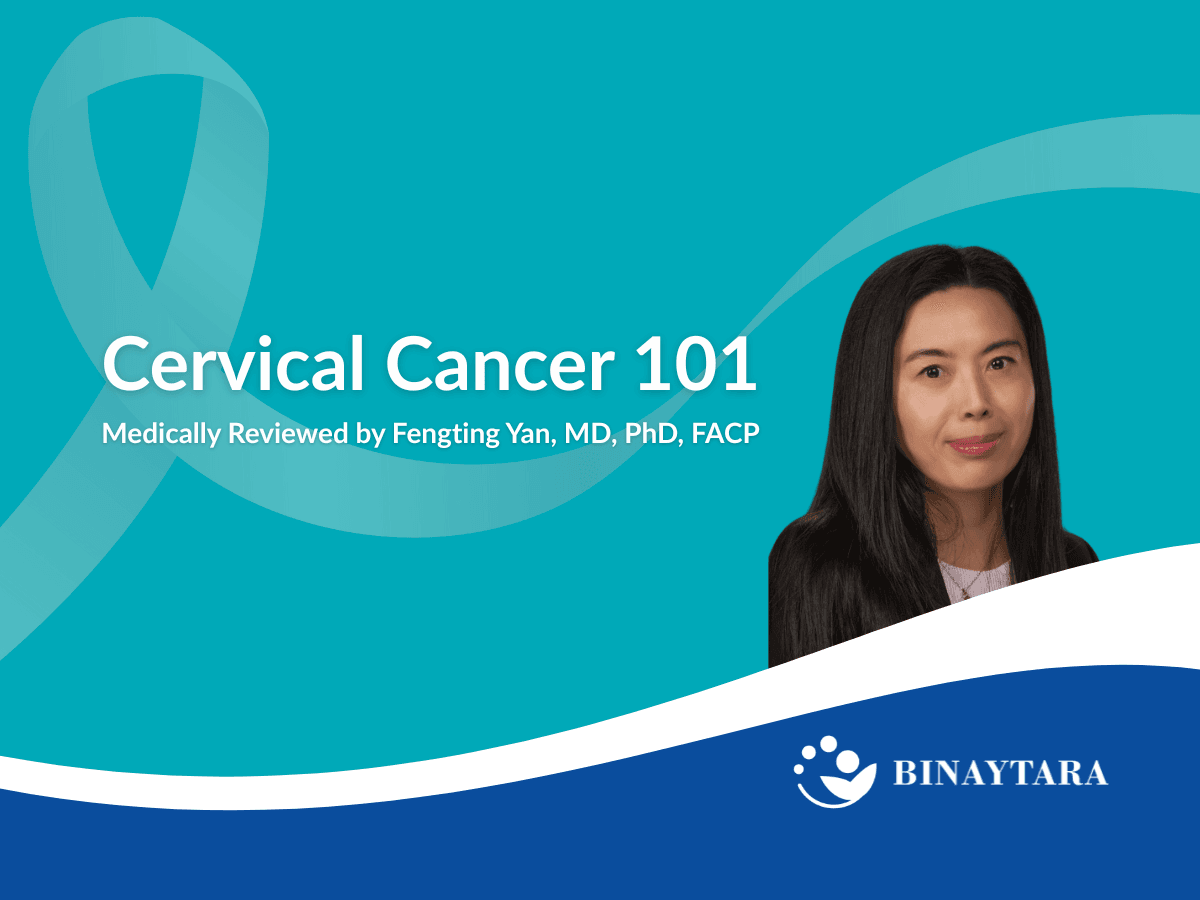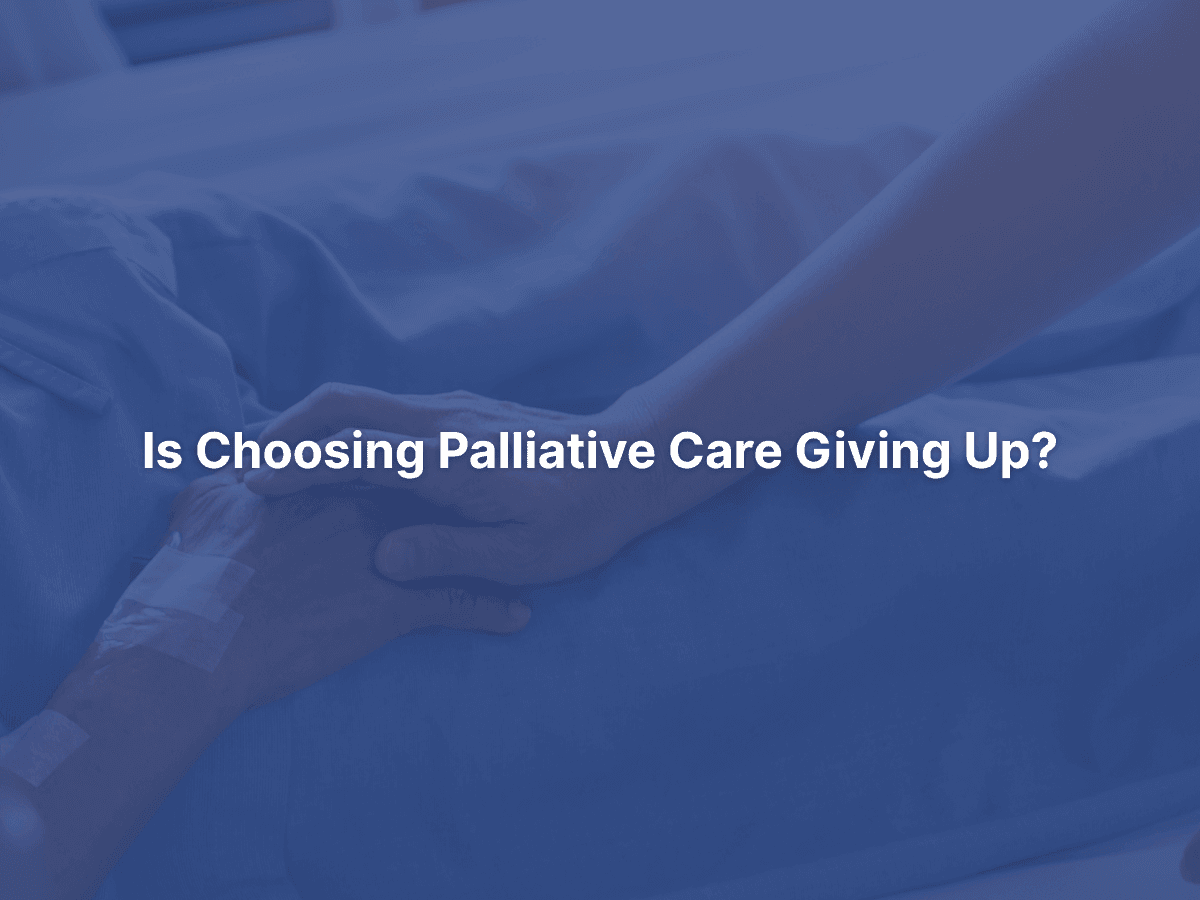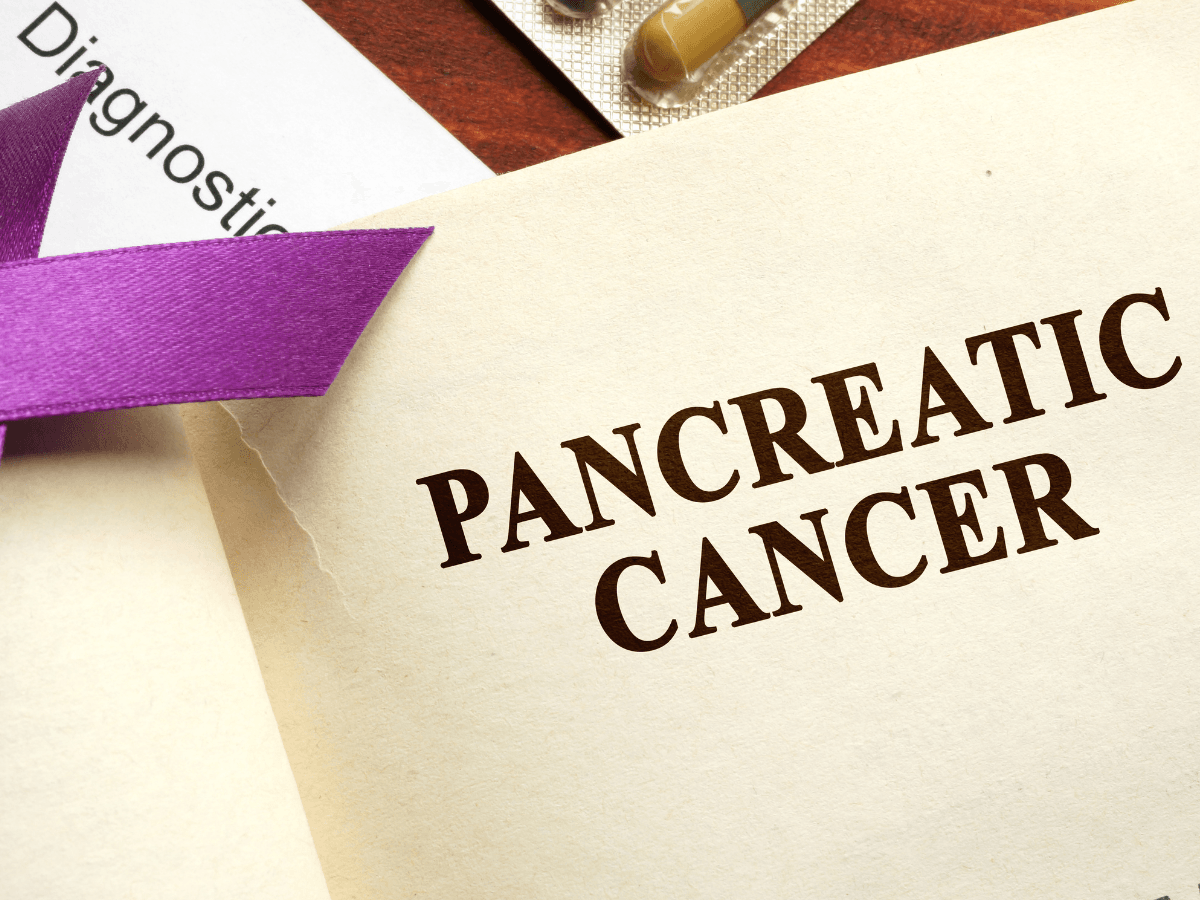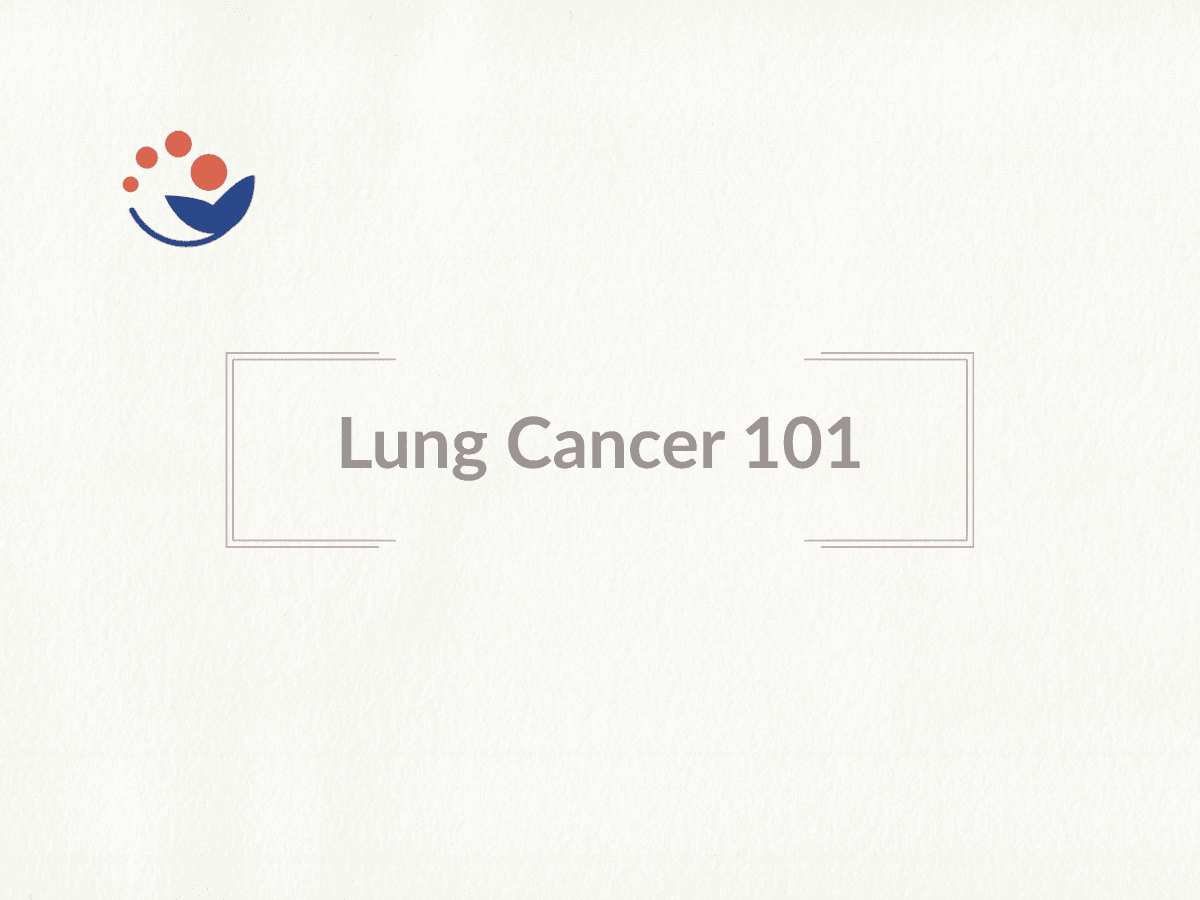
The Cancer News
AN AUTHORITATIVE RESOURCE FOR EVERYTHING ABOUT CANCER
Is Choosing Palliative Care Giving Up?

No, it helps us to think differently about illness.
What Is Palliative Care? A Medical Specialty Focused on Quality of Life
Palliative care is a specialty in medicine that seeks to improve the quality of life for patients with severe illnesses. Working alongside teams offering disease-specific treatment, palliative medicine physicians are specially trained to treat the psychological, physical, and spiritual symptoms patients experience during their journey with life-threatening illness. By considering quality alongside quantity of life, palliative care is a philosophy rather than a destination.
Cancer Treatment Trade-offs: Balancing Cure Rates with Side Effects
Before we dive in, let me start with a little broader context.
I have come to see my role as a doctor as a risk manager. For nearly every medication I have prescribed or treatment I have recommended, I think about two main variables: the risk a disease poses to my patient’s health and the risk posed by that disease’s treatment. Typically, the balance favors treatment, such as statins for heart disease. But because illness and medicine are complex, finding this balance is often challenging. At its core, however, this process mirrors everyday decisions we all make, like deciding what to eat for dinner. Do I spend the time cooking at home or the money ordering takeout? Is the meal worth the price? Each option has trade-offs, and ultimately, I must weigh whether the benefits justify the costs.
Medical practice and planning dinner may seem worlds apart, but both involve deciding on what matters the most. Thinking about our priorities can help us to make tough decisions. For example, the decision to cook lasagna from scratch. The meal may be delicious, but factoring in the time, labor, and price of ingredients, you quickly see that the outcome is only part of the calculation.
For example, the treatment for breast cancer is full of important tradeoffs. More aggressive treatment gives a greater chance of cure but may require treatments like mastectomy—a surgical procedure to remove a large amount of breast tissue and eliminate cancer cells—or chemotherapy, which carries side effects such as nausea, hair loss, and months off work or away from family. With this information, a patient may choose the most aggressive treatment available to maximize their risk of cure, a more conservative approach to balance the risks of cancer with the toxicities of treatment, or no treatment at all to prioritize comfort and time with family.
Quality of Life Means Different Things to Different Patients
No matter the disease or treatment, palliative medicine prioritizes quality of life.
Doctors who practice palliative medicine will talk with their patients about what quality of life means for them, and it is different for everyone. I have met patients who have told me that life would not be worth living if they could not enjoy chocolate ice cream. I have also met those who feel that living for as long as possible is what’s most important. Different patients will also worry about different symptoms.
I recently cared for a patient with prostate cancer who told me his average pain was “six” on a scale of ten, which most doctors would see as a great deal of daily pain. Surprisingly, this patient also shared that this pain level was perfectly acceptable to him. He explained that he had tried stronger pain medications; while they did help his pain, they made him too tired to fish with his grandson, a family pastime which brought immeasurable quality to his final years of life.
Can Palliative Care Help Patients with More Than Just Cancer?
Palliative care is a team sport.
Patients with cancer are commonly seen by both cancer and palliative care specialists. Beyond cancer, palliative care teams can support patients with any serious illness, like liver failure, stroke, or heart disease. In addition to helping patients decide on what is most important in life, palliative medicine doctors (also sometimes referred to as “supportive care specialists”) will prescribe medications for chemotherapy induced nausea or cancer associated pain; or they may arrange mental health counseling to address the fear that comes with being sick; whatever the concern, palliative care helps patients to live with dignity alongside life-altering illness.
Is Choosing Palliative Care Giving Up?
No one expects to become sick, especially to the extent that it changes their way of living. Understandably, when faced with a serious illness, the instinct of many is to do whatever they can to return things to the way they were before. Sometimes this is possible, like with a broken leg or pneumonia. But in many cases, whether diabetes or emphysema or breast cancer, illness becomes something which must be lived with. In these cases, it is important to adjust to a new normal. This, much like choosing what to eat for dinner, is sometimes easier said than done. Palliative care seeks not to remove but to add options to treat disease. Where a cure may not be possible, palliative medicine teams can help patients make medical decisions that align with their priorities. Palliative care makes the symptoms of illness or side effects of treatment easier to bear and a patient’s new normal easier to find.
End-of-Life Care: When Cure Isn't Possible
Quality matters most when time is short.
Of course, there are diseases which have no cure, or so often in cancer, the treatments available would be so toxic that giving them would harm rather than heal. Palliative care has a critical role at this stage: helping patients and their families navigate the end of life. While continuing to manage symptoms, palliative medicine teams will meet with patients and their loved ones to plan for next steps. Hospice care can be a good option for many patients by providing a variety of medical services for patients at the end of life, like nurse visits, prescription management, and family education. It is important to note that hospice enrollment is not mandatory and not for everyone; palliative physicians can help patients decide what’s right for them. For more information about hospice care, visit the National Institute on Aging or the Hospice Foundation of America.
Palliative Care Disparities: Race, Location, and Insurance Barriers
There are major disparities in US palliative care. As impactful as palliative care and hospice services are for millions of Americans, not everyone benefits equally. Unfortunately, a person’s race, where they live, or what insurance they have can impact their ability to receive quality palliative or hospice care. In particular, non-white groups and rural populations are less likely to be referred to palliative care and can face worse pain, financial distress, and depressive symptoms at the end of life as a result. Moreover, patients with lung, heart, or kidney failure are less likely to receive palliative care services compared to patients with terminal cancer, despite having similar symptoms of pain or emotional distress.
Getting Started with Palliative Care: Resources for Patients and Families
Are you or a loved one facing serious illness?
We have covered a lot of ground here today. We walked through what palliative care is and isn’t, and I hope I have shared how valuable it can be for so many people. All this is just the tip of the iceberg, however. For more information, ask your doctor and refer to these excellent resources.
Works Discussed
- Saunders, C. (2001). The evolution of palliative care. Journal of the Royal Society of Medicine, 94(9), 430–432. https://doi.org/10.1177/014107680109400904
- Bazargan, M., & Bazargan-Hejazi, S. (2021). Disparities in palliative and hospice care and completion of advance care planning and directives among non-Hispanic Blacks: A scoping review of recent literature. American Journal of Hospice and Palliative Medicine®, 38(6), 688–718. https://doi.org/10.1177/1049909120966585
- Wen, Y., Jiang, C., Koncicki, H. M., Horowitz, C. R., Cooper, R. S., Saha, A., Coca, S. G., Nadkarni, G. N., & Chan, L. (2019). Trends and racial disparities of palliative care use among hospitalized patients with ESKD on dialysis. Journal of the American Society of Nephrology, 30(9), 1687–1696. https://doi.org/10.1681/ASN.2018121256
About Author
 Matthew Meranda, DO Fellow, Hospice and Palliative Medicine University of Texas MD Anderson Cancer Center
Matthew Meranda, DO Fellow, Hospice and Palliative Medicine University of Texas MD Anderson Cancer Center
Disclaimer: The views and opinions expressed in this article are solely my own and do not necessarily reflect the official policy or position of The University of Texas MD Anderson Cancer Center or any of its affiliates. The content provided here is for informational purposes only.

Stomach Cancer 101
2025-11-28

Does Sugar Feed Cancer?
2025-11-19
Share Article



